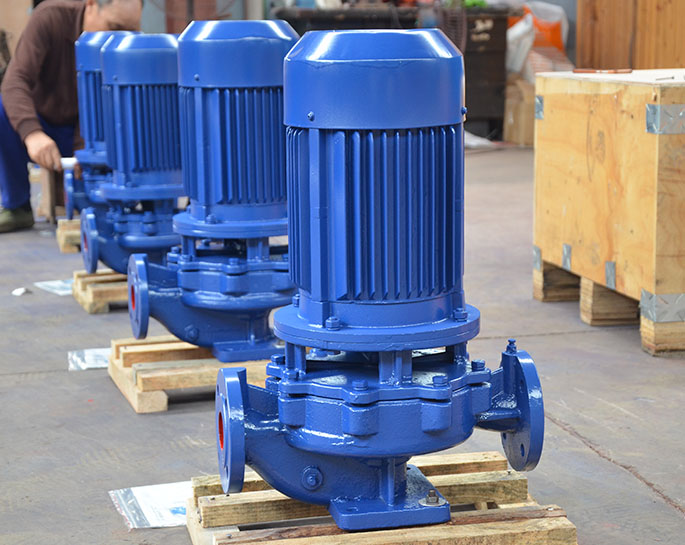Vertical fire pump, how to choose single-stage or multi-stage?
Choosing between a single-stage or multi-stage vertical fire pump depends on various factors, including the specific requirements of the fire protection system and the characteristics of the application. Here are some considerations to help you make an informed decision:
-
Pressure Requirements: Determine the required discharge pressure for your fire protection system. Single-stage pumps are generally suitable for lower to moderate pressure requirements, while multi-stage pumps are more suitable for higher pressure demands. If your system needs high discharge pressure, a multi-stage pump might be the better choice.
-
Flow Rate: Consider the required flow rate (gallons per minute or liters per second) for your fire protection system. Single-stage pumps are typically used for lower flow rates, while multi-stage pumps can handle higher flow rates more efficiently.
-
Space Constraints: Evaluate the available installation space for the pump. Multi-stage pumps are usually more compact than single-stage pumps, which can be advantageous when space is limited.
-
Efficiency: Multi-stage pumps are generally more efficient than single-stage pumps at high-pressure applications. They are designed to handle higher heads with less power consumption, making them cost-effective in the long run.
-
NPSH Requirement: Consider the Net Positive Suction Head (NPSH) available in your system. Multi-stage pumps typically require higher NPSH values compared to single-stage pumps. Ensure that the available NPSH meets the requirements of the chosen pump.
-
Maintenance: Evaluate the maintenance requirements of both types of pumps. Single-stage pumps often have fewer parts and may require less maintenance compared to multi-stage pumps, which have more components.
-
System Redundancy: Consider the redundancy requirements of your fire protection system. If redundancy is necessary for critical applications, you might need to install multiple single-stage pumps instead of one multi-stage pump.
-
Initial Cost: Generally, single-stage pumps are more cost-effective in terms of the initial purchase cost. Multi-stage pumps are typically more expensive due to their complex design.
-
Long-Term Cost: While single-stage pumps may have lower initial costs, multi-stage pumps might be more cost-effective in the long run due to their higher efficiency and potential energy savings.
-
Manufacturer and Model: Consult with reputable pump manufacturers and suppliers who can provide expert advice based on your specific requirements.
Ultimately, the choice between a single-stage and multi-stage vertical fire pump will depend on the unique needs and constraints of your fire protection system. Ensure that the selected pump meets the required pressure, flow rate, and efficiency for the intended application. Seek professional guidance if you are unsure about which type of pump is best suited for your specific scenario.







